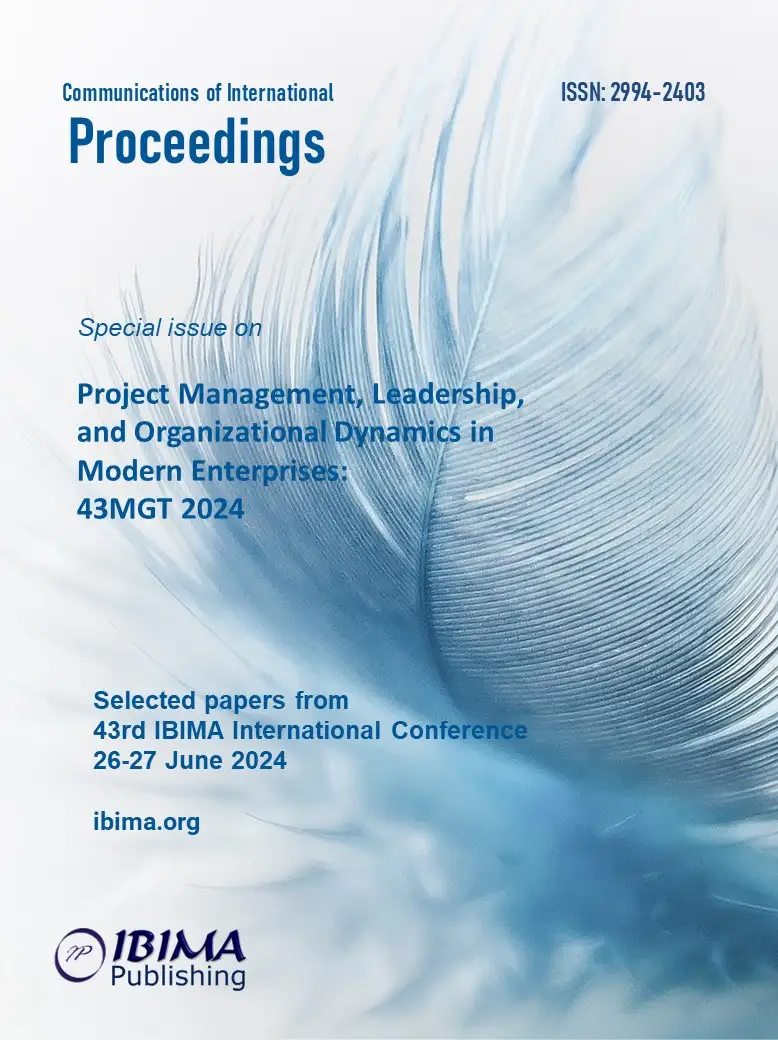
1Ibrahim KAHYA, 2Torsten HUSCHBECK, 1Victoria GUETTLER and 1Ariane SAKOWSKI
1University of Economics in Bratislava / Slovakia
2Comenius University of Bratislava / Slovakia

The aim of this study is to explore the emerging field of predictive risk management in supply chains: a critical area due to the increasing volatility and complexity of global markets. With the rapid advancement of technologies, such as artificial intelligence (AI) and machine learning (ML), this study aims to provide a comprehensive overview of current research and practices to help organisations to prepare for potential disruptions and improve their decision-making processes. The gap in the literature that this study addresses is the lack of systematic research on integrating predictive risk management strategies into supply chains with using of advanced technologies. While existing research emphasises the benefits of AI and ML, this study found out, that there is a significant knowledge gap on how these technologies can be effectively used to predict and mitigate risk accordingly. The used methodology in this study involved a systematic literature review. The authors conducted a thorough search of two leading academic databases: Web of Science and EbscoHOST and selected relevant articles which had been published between January 2021 and March 2024. The selection process included removing duplicates, reviewing abstracts, and focusing on articles that provided quantitative and qualitative insights into predictive risk management.
The summary of findings shows that integrating AI and ML into supply chain risk management significantly improves the accuracy of risk predictions and the agility of supply chains. The study categorises the challenges and solutions which had been identified in the literature and highlights the importance of proactive risk management, the complexity of supply chain management and the potential of advanced analytics / digital technologies. The findings highlight the need for both technological advances and organisational adaptations to fully exploit these innovations for an effective supply chain risk management.